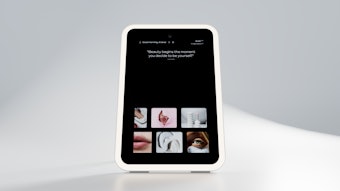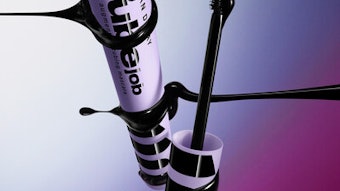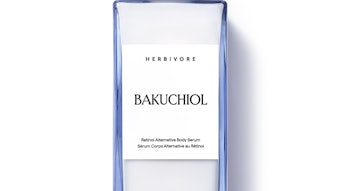While anti-aging products provide a ray of hope for some consumers, it seems that many are realistic about their gains from such products. According to recent Mintel research, 69% of consumers believe how you age is mostly genetic, and external products are more hope than help. Additionally, eight in 10 consumers think diet and exercise are the most important factors associated with aging skin, and 78% say using sunscreen is the real key to preventing visible signs of aging.
While many consumers say aging is controlled by diet, exercise and genetics 69% also report that the earlier they start using age prevention remedies, the better off they are.
“There’s a sizable gap between opinion and practice,” says Kat Fay, senior beauty analyst, Mintel. “While there are no guarantees when it comes to anti-aging skin care purchases, many women buy the products anyway with the hope of achieving visible results. They adopt the ‘it’s better to try something than do nothing’ approach.”
The $832 million anti-aging skin care market, by Mintel's data/research, has experienced decelerated growth in the past year, but sales are expected to increase 46% in current prices from 2010–15, according to Mintel. It seems even when times are tough, women are still reluctant to cut back on their favorite anti-aging and beauty products.
Currently, just 24% of consumers report using anti-aging skin care products. Another 21% have used wrinkle-reducing facial skin care products in the past year and 18% report using skin rejuvenating products. Meanwhile, 39% of consumers who are concerned with aging have not taken any action to prevent or reverse the signs of aging.
“Respondents aged 25–54 report the most likelihood to use facial skin care products with anti-aging, wrinkle-reducing, and skin rejuvenating properties,” adds Fay. “This makes sense, as at age 25 many people are likely beginning to see the first signs of aging and want to prevent further signs. Through middle age they are trying to reverse the signs; and after age 55 they are likely more resigned to aging and less inclined to spend.”
For consumers who are concerned about aging, the entire face is the biggest concern (48%) followed by the eye area (41%), the stomach (40%) and the neck (31%).










